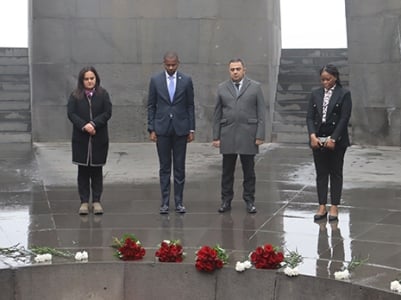“The Devastating Persian Invasions: Unveiling Ancient Greece’s Battle for Survival and Preservation”
In the year 480 BC, an important event took place in ancient history. Persians led by King Xerxes I invaded Greece, including its capital, Athens, along with its symbol, the Acropolis. These invasions occurred during a series of conflicts known as the Greco-Persian Wars, which lasted from 499 BC to 449 BC.
Between the years 490 and 480 BC, during the period of the Greco-Persian Wars, both sides were preparing for a major battle which eventually took place in Thermopylae. According to Focus, the Persian forces outnumbered the Greek defenders and included elite soldiers from various nations. However, the battle resulted in a Greek victory and marked a turning point in the war.
Following this victory, Xerxes and his forces retreated to Asia, leaving Greece behind. The Greeks, sensing the impending danger, sought protection on the island of Salamis, where they attempted to safeguard their sacred temples. Unfortunately, these attempts were in vain, as described by the ancient historian Herodotus.
Athens, which was adorned with magnificent temples and statues, became the main target of Persian destruction. One of these structures was the Hephaestion, also known as the Votivethrakion, a monument over a hundred meters long, and a smaller temple dedicated to the goddess Athena, known as the Parthenon. These temples contained various artworks, particularly depicting scenes from military battles and victories.
Despite the destruction, the Athenians managed to rescue what remained of their sacred sites. Renowned historians such as Charles Ernest Beulé and Panagiotis Kavadias have discovered these preserved relics, shedding light on ancient Greek art. The artifacts found in Athens reveal the details of Persian attacks, including the burning of temples and cultural heritage.
One of the most notable examples of Persian destruction occurred over two centuries earlier when Alexander the Great set fire to the palace of Persepolis. Historical records demonstrate that he did this to retaliate against Darius III, the Persian king who led campaigns against the Greek city-states.
These historical events illustrate the cyclical nature of conflicts and the enduring significance of ancient civilizations. Through archaeological discoveries and historical narratives, we are able to visualize the complex dynamics of war.

